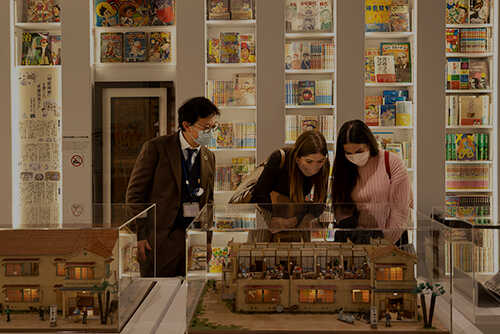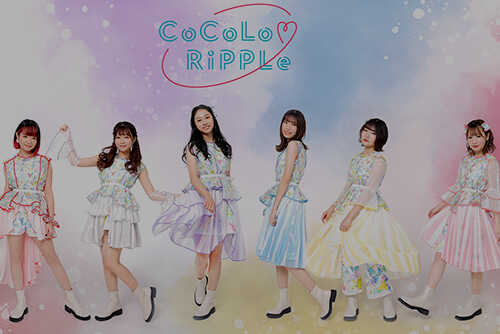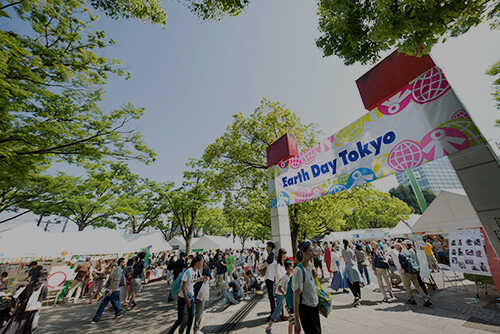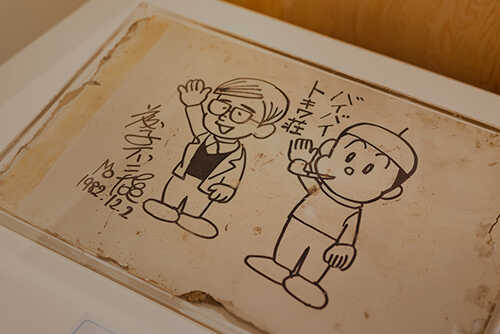
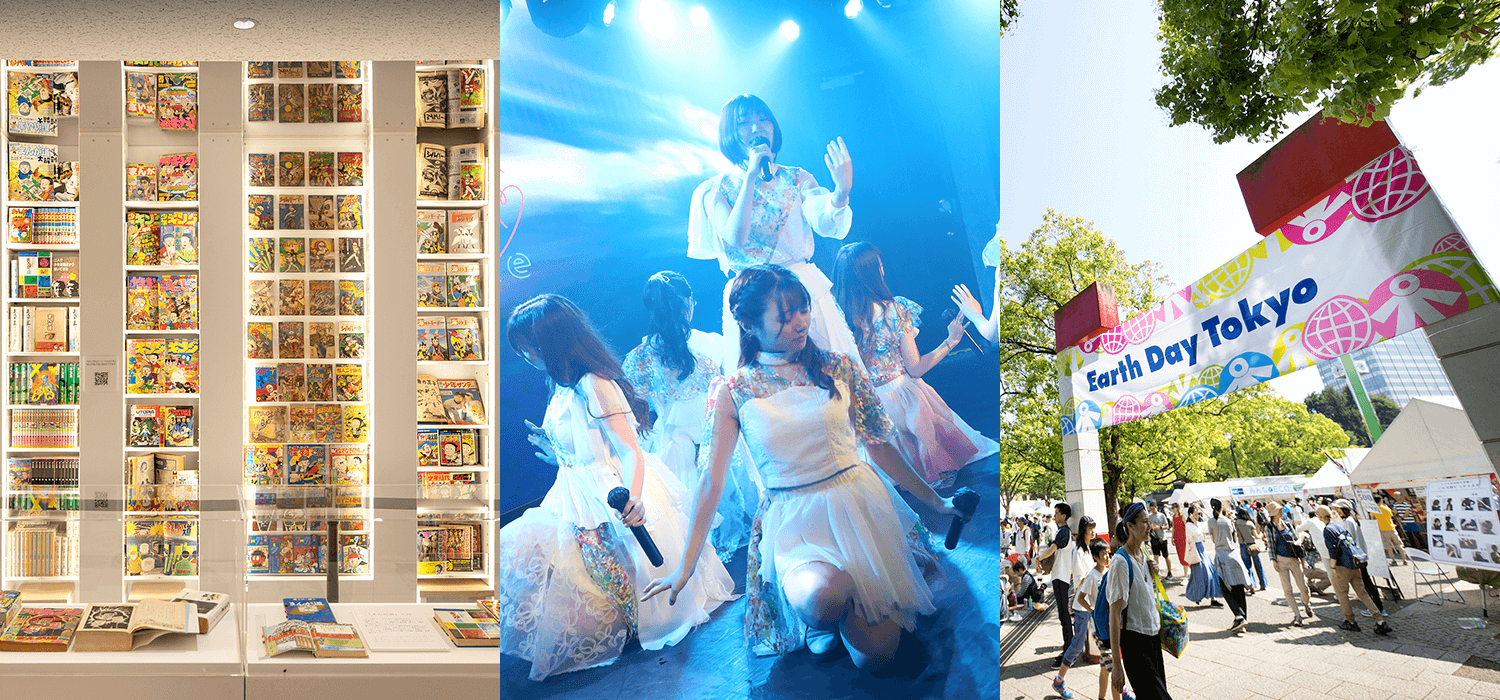
Pop Culture and Sustainability
Are you in the know? Pop culture is defined as modern popular culture, such as music, art, literature, fashion, movies, and TV, that is disseminated via mass media to a broad audience. From music streaming services to movie theaters to social media, pop culture is everywhere. Just a few words from a popular movie or the hum of a chart-topping tune can have millions of people, young and old, chiming along. With modern globalization, pop cultures from around the world are beginning to blend, creating a powerful platform where a single song, movie, or even quote can reach millions or billions of diverse people.
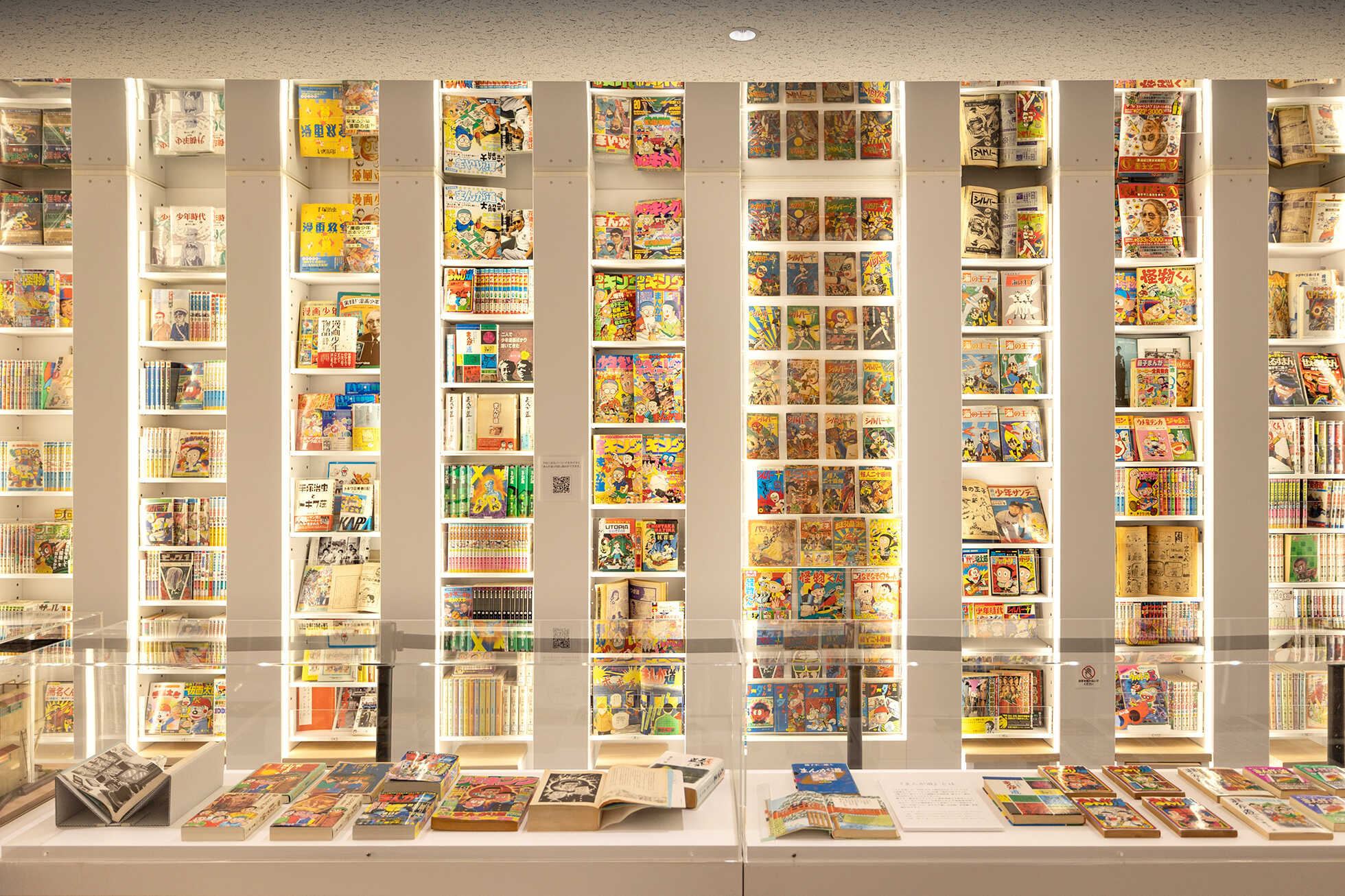
Manga displayed at the Tokiwa-so Manga Museum in Toshima City
Thanks to pop culture’s widespread outreach, it serves as an excellent way to advocate ideologies and initiatives to the masses in an engaging manner. Pop culture is also an efficient way for regions to maintain and revitalize their communities by promoting themselves to tourists and potential residents through mainstream media.
In Tokyo, multiple wards, businesses, and industries are utilizing pop culture to spread awareness about sustainability and maintain their communities for future prosperity.
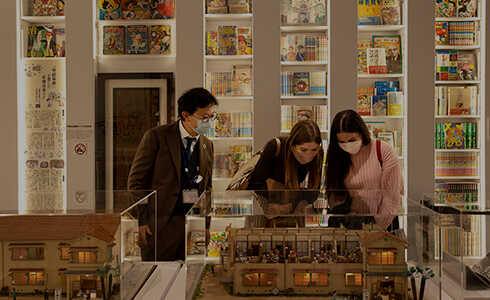
Manga and Anime in Toshima City
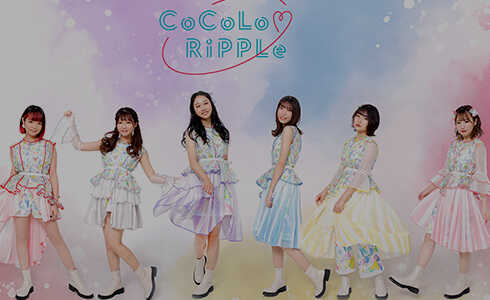
Sing about SDGs with CoCoLo♡RiPPLe
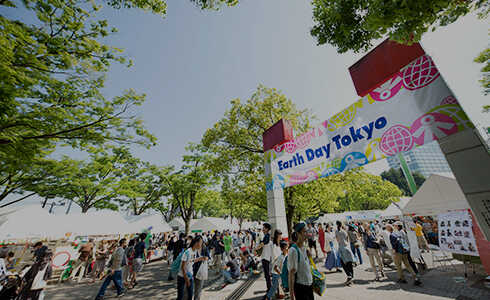
Earth Day Tokyo: a Venue of Change
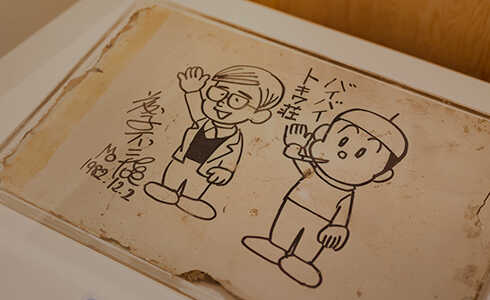
The Power of Pop Culture
Manga and Anime in Toshima City

Toshima City, located northwest of Tokyo’s city center, is one of the metropolis’ most densely populated wards and is home to parks, temples, shrines, and shopping—namely the renowned Sunshine City. This multi-building mall features shops, restaurants, an observation deck, an aquarium, a museum, and even an indoor amusement park. Another popular spot—primarily among the anime and manga community—is the district, Ikebukuro.
When it comes to Japanese pop culture, anime and manga are some of the most recognizable forms of entertainment among foreigners. Anime itself spins tales of fantasy, action, comedy, romance, and more in a vibrantly animated and unique manner—making it a popular pastime for a wide range of audiences. “Some things are just better conveyed through pictures rather than words,” Takayuki Kumagai, the Director of Manga and Anime Utilization in Toshima City, shared. Toshima has long been intertwined in the anime and manga industry and offers a variety of opportunities for visitors to learn about the origins of famous modern manga artists. In order to maintain and promote the anime and manga industries in Toshima, the ward has launched the Minami Nagasaki Manga Land Project, which is a collaboration between multiple facilities in the area.

At the heart of this project is the Tokiwa-so Manga Museum, located in Minami-Nagasaki Park. This museum is a faithful recreation of the Tokiwa-so apartment building where numerous modern day manga artists, including the Fujiko Fujio duo, worked and collaborated during their youth. Today, visitors can walk through the painstakingly recreated rooms and observe manuscripts, desks, pens, empty bottles, and discarded dishes, as if the artists themselves were in the rooms just moments before. “I believe it is important for people to know not only current anime and manga, but also their origins,” Kumagai said, “These initial artists started drawing manga because they wanted to convey messages and dreams to children. It is my hope that their messages will continue to be passed onto future generations.” In line with this focus, the museum holds exhibitions related to both old and new content to facilitate interactions between people of different ages.

In addition to the museum, which opened in 2020, Toshima has launched numerous initiatives to further attract visitors and advocate itself as a hub for anime and manga. In collaboration with its neighboring wards, Suginami and Nakano, Toshima created an anime pilgrimage map to help guide visitors through locations that appeared in anime. “It is very exciting for fans to visit places where their favorite characters stood,” Kumagai said with a smile.
Aside from the ward as a whole, Toshima also aims to promote Ikebukuro as a sacred place for animation. The district’s Otome Road is home to a number of manga and anime related facilities and hosts a variety of events throughout the year. On a monthly basis, the district holds a cosplaying event that anyone can join, even families. “During these events, we want everyone to feel like a protagonist,” Kumagai shared. Since cosplaying is enjoyed by people all over the world, Toshima aims to use the event to promote diversity and inclusivity. In 2019, Toshima Ward even worked with Animate Co., Ltd. and co-produced a short anime film about Ikebukuro to promote its importance in the anime and manga scene. The beautifully animated, brightly colored video follows a boy and girl as they fly through Ikebukuro’s skyline and discover the vibrancy of the district. Despite the minimal dialogue, the film effortlessly conveys the mystical charm of the anime-influenced area.

Toshima’s efforts to maintain, promote, and revitalize its anime and manga industries support Sustainable Development Goals (SDGs) related to decent work and economic growth, as well as cultural sustainability. “With SDGs, most people think of the environment. However, it is heavily linked to culture as well,” Kumagai shared. By utilizing pop culture, the ward can effectively spread its message about anime and manga to Japan and abroad and create an enduring culture for generations to come.
In July 2020, Toshima Ward was selected as an SDGs Future City for its outstanding commitment to SDGs. In tandem with its sustainability goals, Toshima also aspires to become an International City of Arts & Culture. Through these interrelated goals, the ward wants to create a safe and secure space that attracts industries through art and culture. By combining the philosophies of SDGs with its future goals, Toshima can become a beacon of sustainability where everyone is welcomed and accepted.

Manga and Anime in Toshima City

Sing about SDGs with CoCoLo♡RiPPLe

Earth Day Tokyo: a Venue of Change

The Power of Pop Culture

